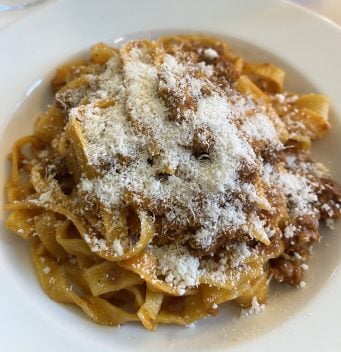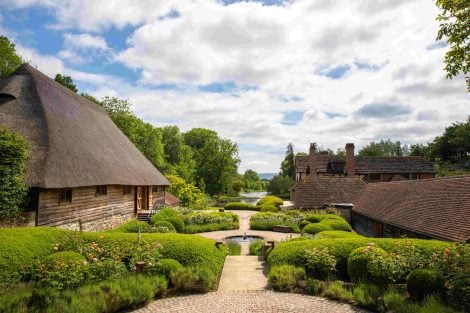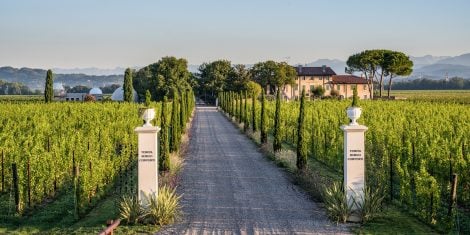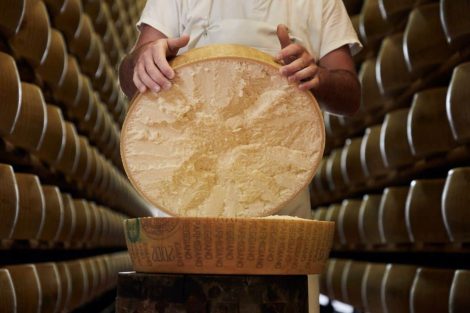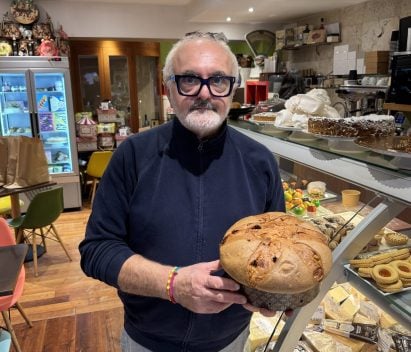Solitary and wild, Marettimo has preserved a reserved and elitist profile. The furthest of the Egadi presents itself with high limestone walls covered by Mediterranean scrub that plunge into turquoise and crystalline sea waters. The white houses with blue windows of the small fishing village resemble the Greek landscape of the Cyclades. The rocky coast offers no moorings and hides on the western side an infinite number of beautiful caves and spectacular cliffs overlooking the sea. This splendid part of Marettimo falls within the integral protection area of the Egadi Islands Marine Protected Area and can only be visited with authorized local boats.
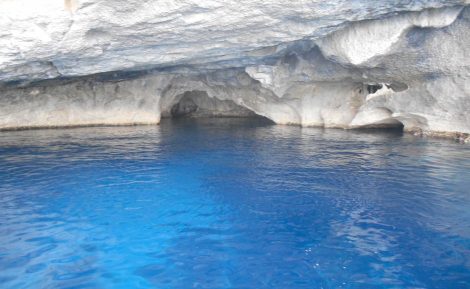
Marettimo: paradise between sea and nature
Marettimo is a small paradise for those who love to live in contact with nature in a simple and spartan way, far from noisy tourism, rampant luxury, and worldliness. On the island, there is only a small residence, and the rest of the hospitality is organized in various types of rooms in residents' houses. Thanks to this far-sighted choice, the village has preserved its original appearance. The island's inhabitants have always been dedicated to subsistence agriculture and fishing. A hard and isolated life, which at the beginning of the last century led many of the inhabitants to emigrate to the United States. The Marettimari made their fortune mainly along the coasts of San Francisco and Monterey thanks to their fishing skills. Until the sixties, Marettimo also had a fleet of deep-sea fishing vessels, but then the crisis related to tuna fishing, generational change, and the development of tourism led to the gradual decommissioning of the large boats.
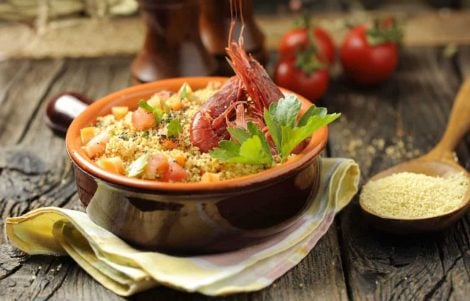
Couscous with fish from the Hiera restaurant in Marettimo
Marettimo gastronomy
Although the Tonnara di Favignana ceased its activity a long time ago and only a few small boats for coastal fishing remain in Marettimo, tuna and its products continue to be the symbol of the Egadi Islands' gastronomy. In addition to shops selling tuna products, Marettimo restaurants offer several tasting menus dedicated to tuna that represent real journeys into local tradition. It is no coincidence that tuna is considered the "pig of the sea," precisely because all its meats are used. The classic "tasting plate" consists of various specialties: from tuna tartare to smoked tuna, from bottarga to a long series of other preparations such as milt.
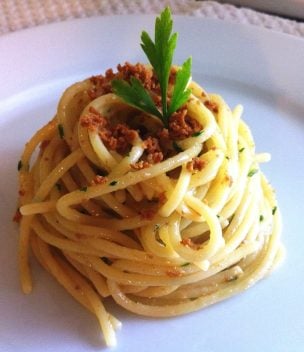
Spaghetti with tuna bottarga from the Egadi Islands
Tonnara products
The most precious part of the tuna is the Fillet, which is obtained from the leanest and most flavorful meats of the fish's flanks. It is used to prepare carpaccio, tartare, or slices to be grilled. Another part that can be used for grilling is the back, the leanest part of the tuna, flavorful but with a drier texture. On the contrary, the ventresca is highly sought after for its tenderness: it is obtained from the abdominal area and flanks of the fish and, thanks to the presence of a good percentage of fat, has very flavorful meats. One of the most well-known products is bottarga, which is made from the salted, pressed, and dried ovarian sacs of tuna. If the eggs turn into bottarga, using the same process, the male tuna's seminal sacs become milt or figatello: A delicacy with a pink color and a very delicate taste, which can be enjoyed sliced or on pasta. With the same processing as bottarga, tuna heart is prepared, which is eaten sliced very thinly with oil and lemon: its strong and intense flavor, however, is not suitable for all palates. Ficazza, or tuna salami, is made from the remnants of the most precious parts. The preparation process is similar to traditional salami: the meats are ground, flavored with salt and pepper, and then packaged in casings. After a few weeks of aging, ficazza is ready for tasting. Like the heart, salami also has a rather strong and persistent taste. Where there is salami, then, sausage cannot be missing, which here is called budello. The preparation is similar to ficazza, and it can be eaten raw or grilled. The most precious tuna sausage, however, is mosciame (or tuna ham), which actually resembles a sea bresaola: it comes from the meats of the tarantello (the part of the ventresca in the lower abdomen of the animal), which are salted and then dried. Mosciame has a delicate flavor and is also served with oil and lemon. The darker meats, obtained from the tuna's central spine, are finally cut into small pieces and put in oil to create buzzonaglia: very good to use for a seafood ragout, or to eat in salad with cherry tomatoes, olives, and capers.
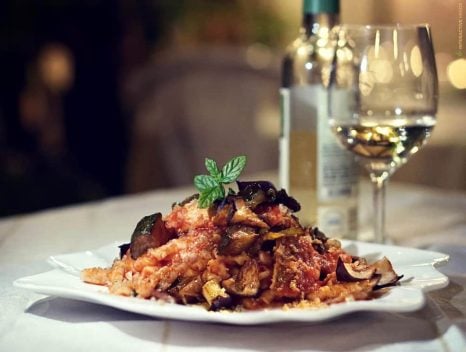
Pasta with tomato, eggplant, and salted ricotta from Hiera in Marettimo
The Hiera Restaurant
Marettimo's restaurants offer dishes of traditional seafood cuisine of a good standard, but overall they are positioned within a somewhat standardized tourist offer. In the rather homogeneous panorama of the island, stands out the Hiera restaurant: it is the oldest accommodation facility on the island and has managed to preserve an authentic family character. Under the cool pergola of the internal garden, Maria Sercia welcomes customers as if they were at home. Her cuisine is simple, based on local products, seasonal vegetables, and fish that arrives fresh from Marettimo's fishermen. The dishes recall the homemade flavors of the past, but are made with care and passion. Do not miss the mixed appetizer "Il Faro di Hiera", the Caponata di Terra and di Mare, the "Etna in eruption" fettuccine with squid ink, sea urchins, and ricotta, the Paccheri with fava bean puree and seafood, the spicy ammuddricate baby cuttlefish, and the octopus tentacles with island aromas. If there are lobsters, do not miss the Marettimo Lobster Soup, the classic dish of tradition born on fishermen's boats.
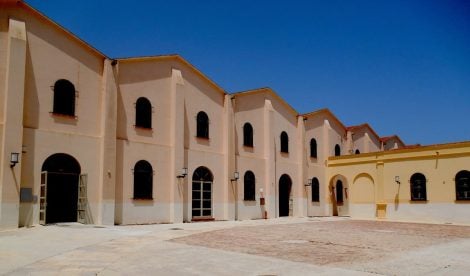
The Tonnara of Favignana
Favignana, the largest of the Egadi
Favignana, the largest of the Egadi islands, is also the most famous and touristy. In addition to the beautiful coves of Cala Azzurra, Cala Rossa, Cala Rotonda, and Bue Marino, on the island are the traces of the ancient tuna fishing activity, managed for centuries by the Florio family. Near the port, you can visit Villa Florio, built by Ignazio Florio in 1874 according to a project by Giuseppe Damiani Almeyda in neo-Gothic style. The most fascinating structure on the island is the Tonnara (in the photo), built around the mid-19th century and managed by the Florio family starting in 1874 when they acquired fishing rights in the Egadi sea. The imposing buildings of the Tonnara are a magnificent example of industrial archaeology and today house a museum dedicated to the history of tuna fishing. Another interesting example of the restoration of ancient architectural spaces of the tuna fishery is Camparìa: a restaurant-wine bar that offers a menu of traditional Sicilian dishes with a special focus on typical tuna products.
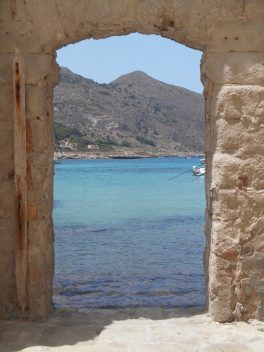
6 addresses not to be missed
Ristorante Hiera - Marettimo - ristorantepizzeriahiera.it
Camparìa – Favignana - camparia.com
Sottosale - Favignana - sottosale.com
Tenuta Calamoni – Firriato – Favignana - calamoni.it
Villa Florio – Favignana - VillaFlorio
Tonnara – Favignana - laTonnaradiFavignana

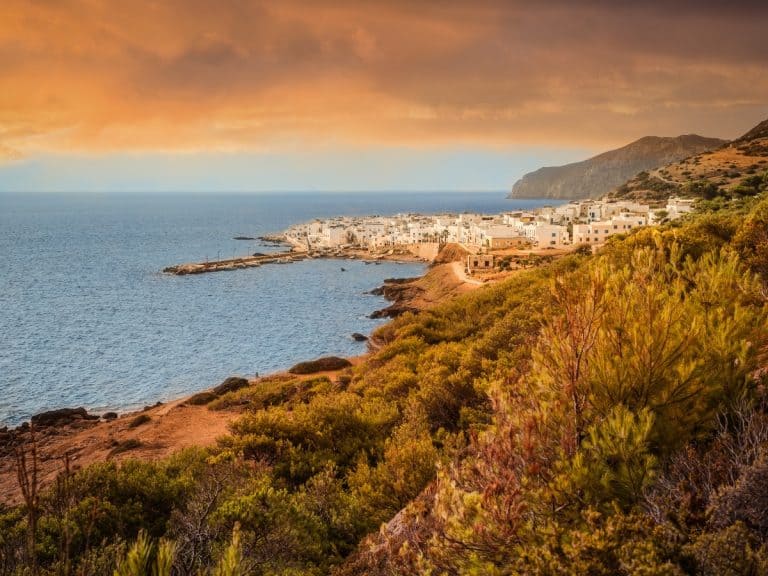
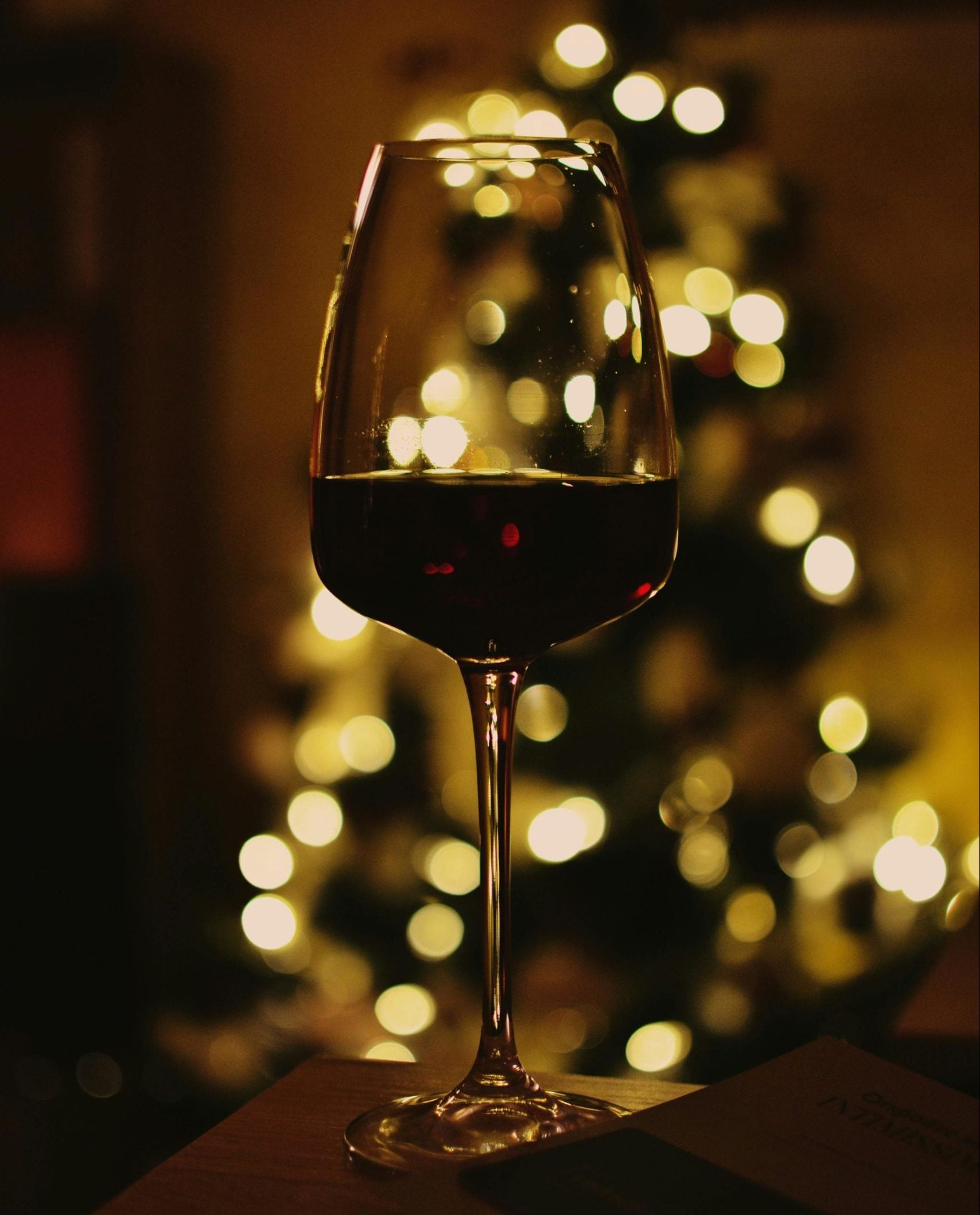 What do sommeliers drink at Christmas?
What do sommeliers drink at Christmas?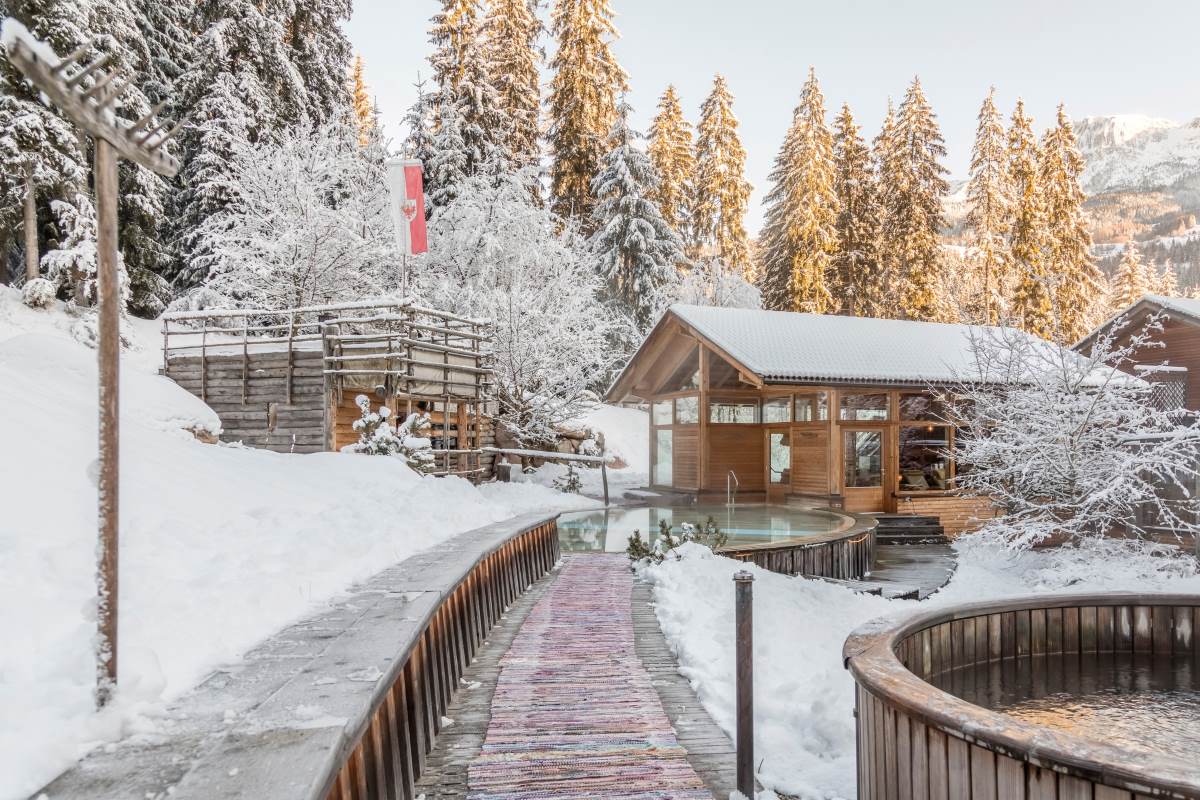 The alpine hotel where you can enjoy outstanding mountain cuisine
The alpine hotel where you can enjoy outstanding mountain cuisine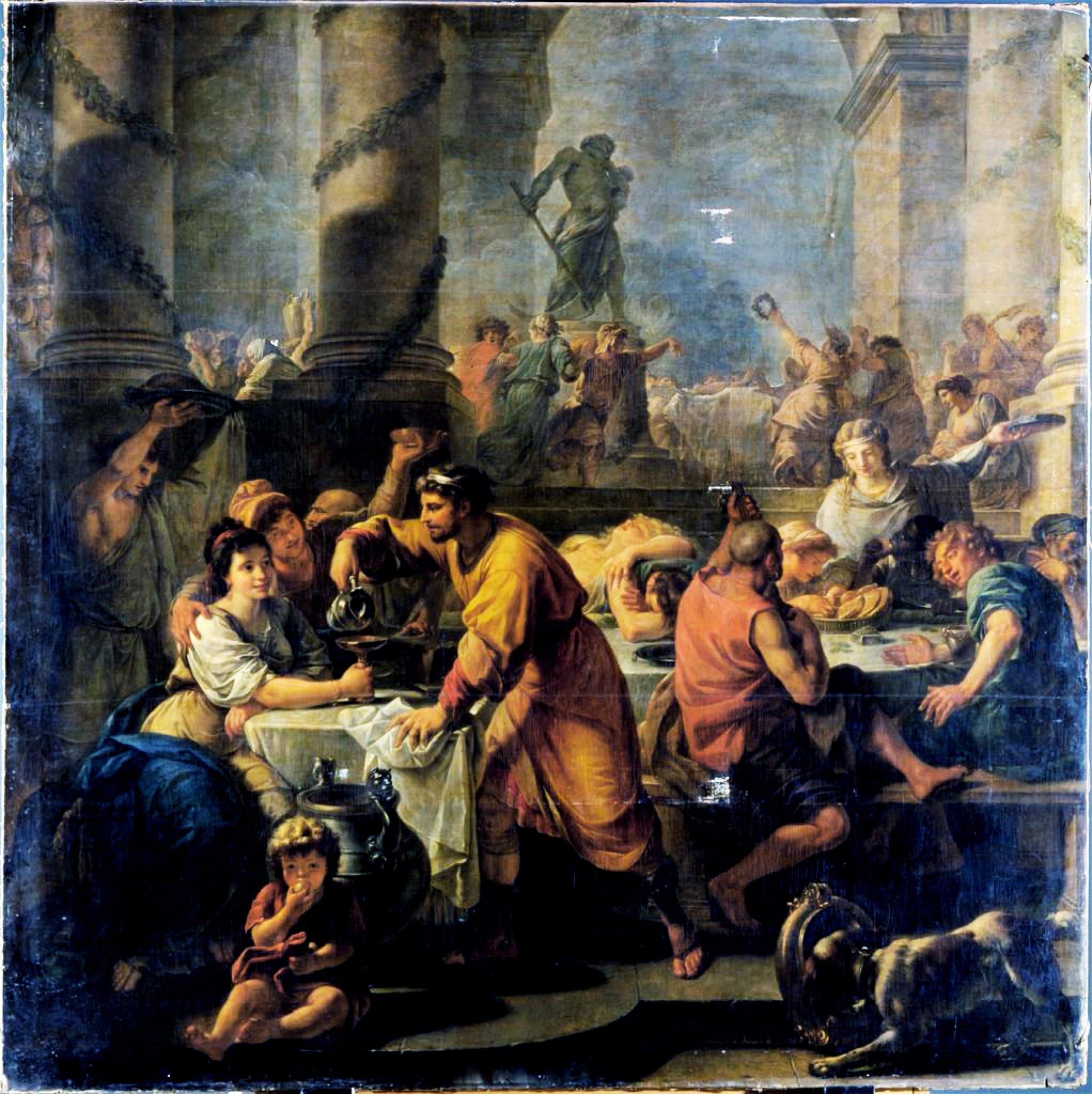 Io Saturnalia! How to celebrate the festive season like an Ancient Roman
Io Saturnalia! How to celebrate the festive season like an Ancient Roman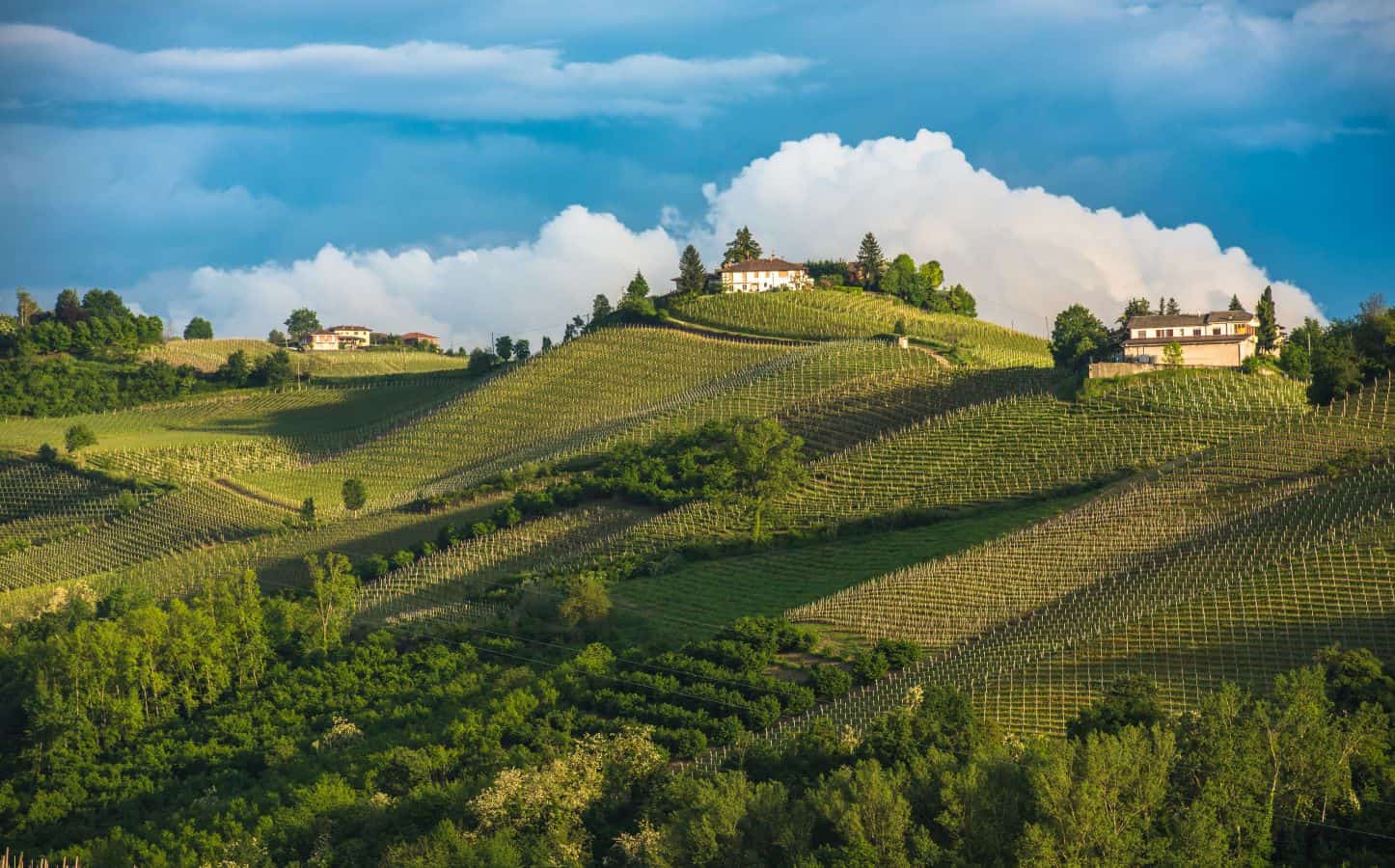 The UNESCO effect: tourism is growing, but there is a risk of losing identity
The UNESCO effect: tourism is growing, but there is a risk of losing identity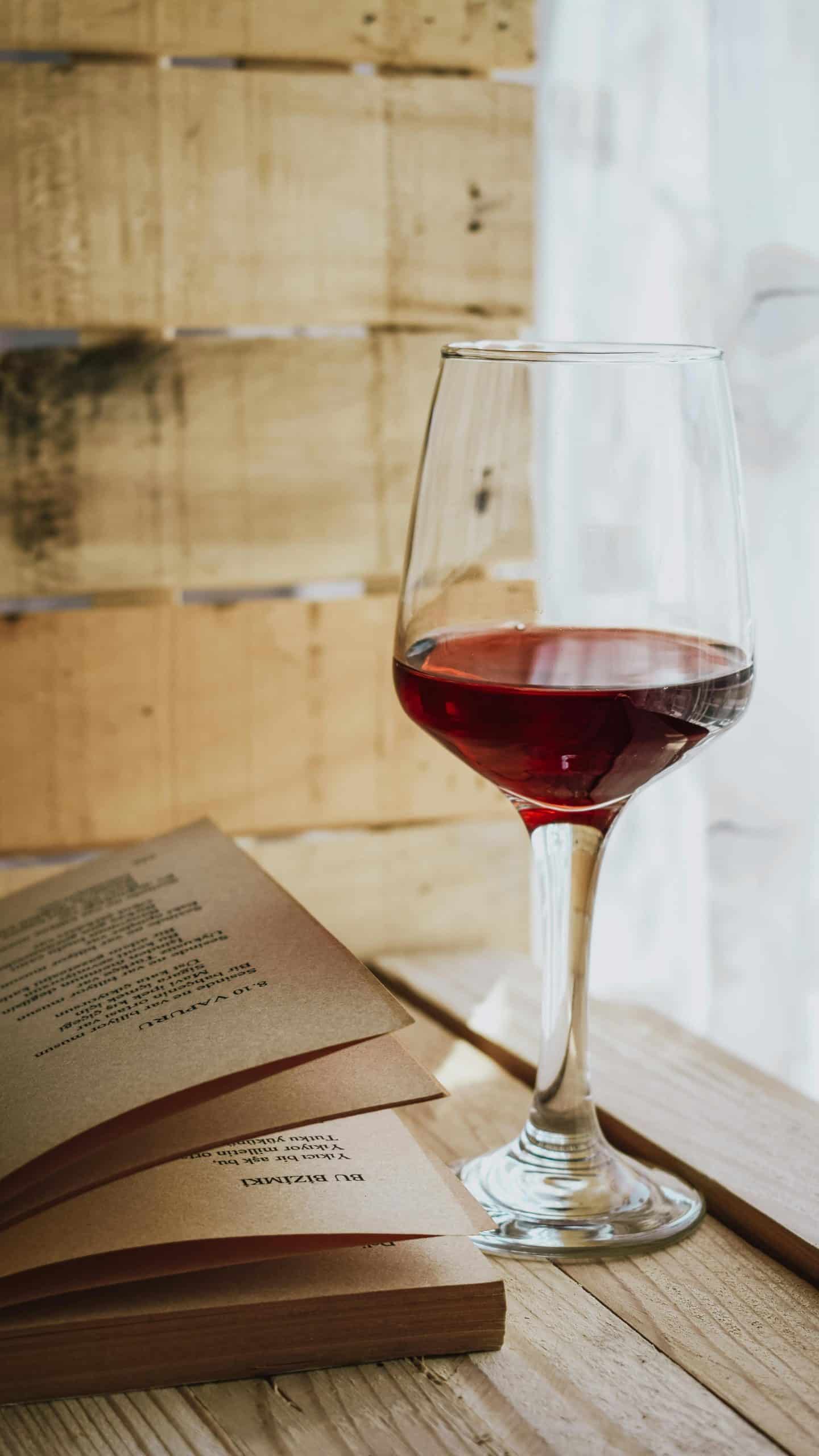 The perfect pairing? Wine and books
The perfect pairing? Wine and books
